October 4th or 5th
Bore Tides: SURF'S UP!
Bore tides are my number one favorite discovery so far on this trip. A bore tide is a long lasting wave that is caused by an extremely large tide coming into a very narrow channel. There are over 60 bore tides in the world, but the one in Alaska south of Anchorage is the most dramatic (so they say). (There is one in China that can get up to 30 feet tall and travels almost 20 miles per hour--that sounds pretty dramatic too!). What is so amazing about the one in Alaska is that this wave travels for 40 to 50 miles down the coast and takes 5 hours to go from the mouth of the channel to it's end. Although there is a bore tide every day, the ones that are really impressive and surfable are the ones surrounding the full and new moons when the tide fluctuations are at their biggeest.
In Alaska this happens at Turnagain Arm, about a 20 minute drive South of Anchorage. The Turnagain bore tide is the only one in the far North, and is the most dramatic. It is surrounded by mountains and very accessible since the road down to Portage glacier parallels Turnagain Arm. With the right moon, the bore tide can be up to 10 feet tall and goes forever. The best chance to catch one of these waves is the 5 days around the full and the new moon. The wave itself is described as a "breaking wave", so you might not get tubed, but still....pretty cool, ehh?
DRUNKEN FORESTS:
Another cool, but potentially depressing subject is drunken forests. Up in the northern part of Alaska, much of the land is covered in permafrost. Permafrost is soil that remains below 32 degrees farenheit year round. Some permafrost has an active layer on it which melts and supports plant growth in the summer months. The permafrost below remains frozen. However, sometimes the layer below gets too warm and will melt as well, causing a depression to form in the permafrost. (This is caused by, say, a gradual warming process that leaves the ground above 32 degrees). The treees that are most often affected are black spruce (thin, spiky trees with very shallow roots). Their roots will gradually reach into the depressions in the permafrost and skew them to one side. This leaves some areas looking like the trees are all willy nilly and might have a drinking problem. It actually takes many years for the effect to take place.
One down side of this whole process is that other structures besides trees reside on permafrost. Around the globe, as tempertures climb higher, areas in the far north are experiencing sagging of house foundations and roads....basically, anything built on the permafrost. The melting permafrost also releases carbon and methane into the air. Considering the mass of Northern Canada, Alaska, Greenland and Iceland, a huge amount a permafrost will be affected. One big gassy, sagging area.
So that is the depressing part of it all. Drunken forests are a natural cycle. However, global warming is causing huge changes that are above and beyond natural.
And that's the truth Mr. President!
Well....that's it for today's fascinating facts. More later! Anny
The view west from the homestead
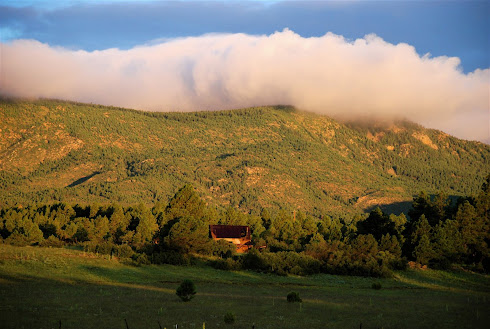
Sweet Chance

Friday, October 5, 2007
Subscribe to:
Post Comments (Atom)
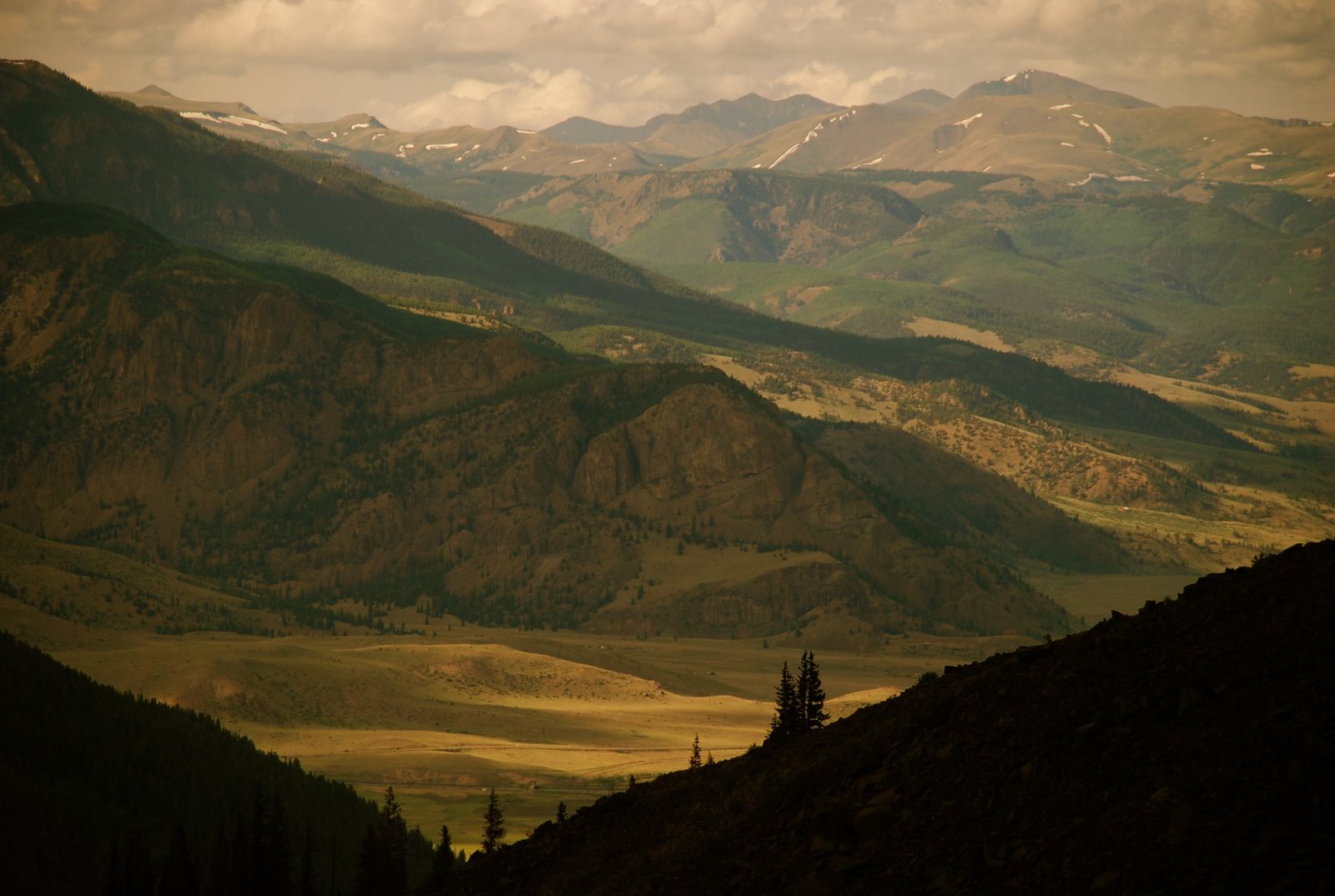




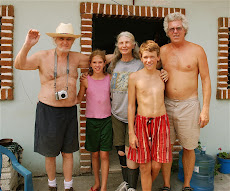

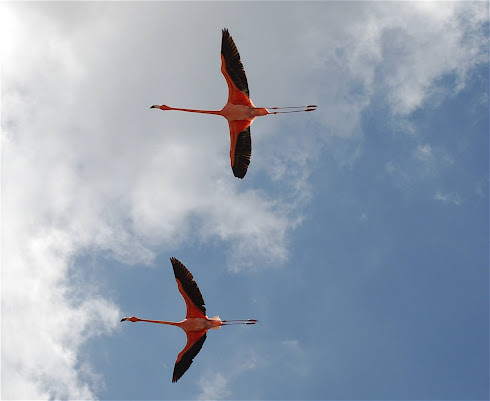
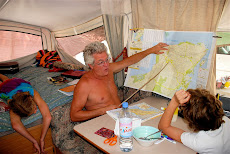


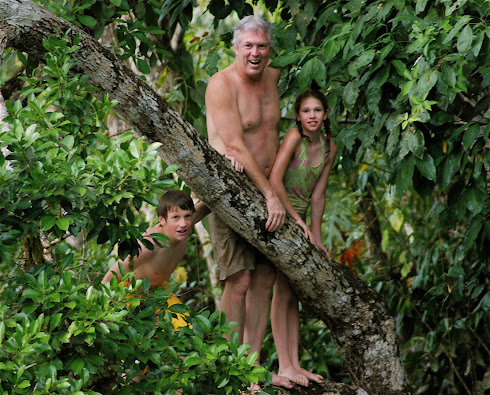

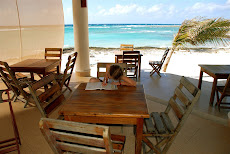


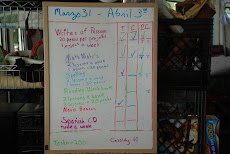



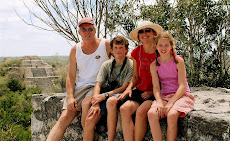

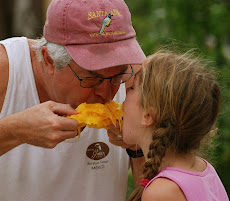

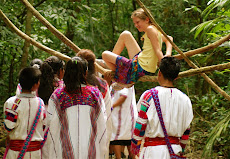


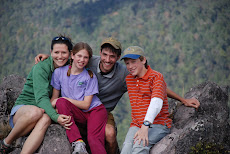

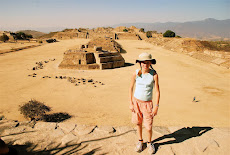



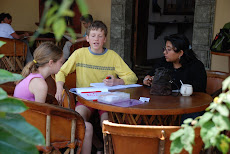






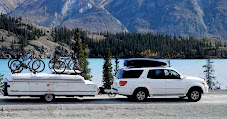

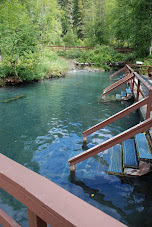

No comments:
Post a Comment